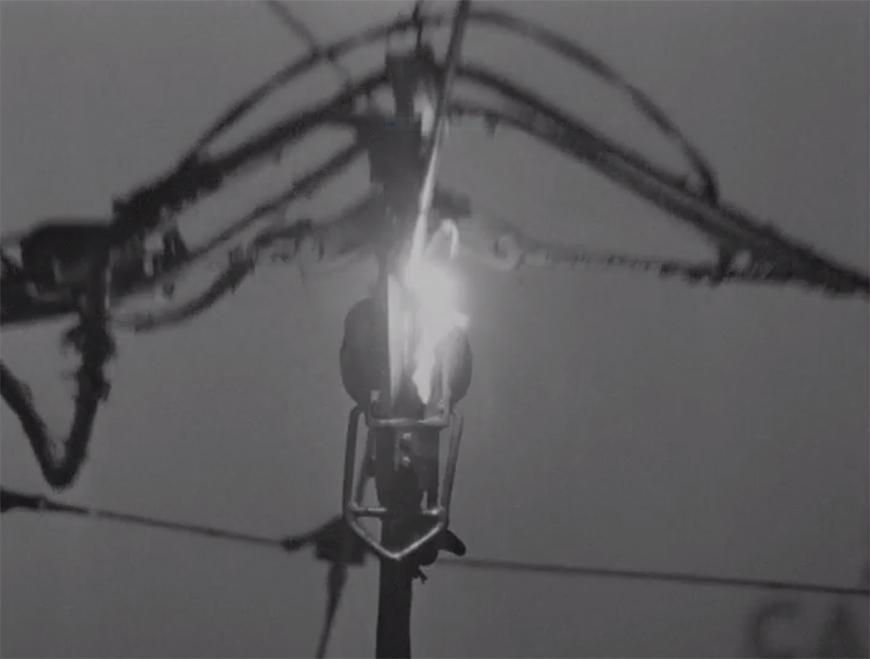Edge Cities: Developing New Urban Images in Global Cinema and Media (ARCH 6408/6509, AMST 6809, PMA 6619, SHUM 6819)
Wednesdays, 10:10 a.m.–12:05 p.m.
Course Instructor: Sabine Haenni, associate professor, performing and media arts
What is at stake in developing new moving images of the city, as artists, architects, planners, scholars? In this seminar, we will develop answers to this question by mapping the intersection between cities and moving images. Our discussions will be framed by two dominant images frequently linked to the city — density and sprawl — and the larger questions of power, social relations, and subjectivity they open up. Associated in the U.S. with New York City (tenements and skyscrapers) and Los Angeles (highways and suburban homes), cities literally and figuratively on the edge, density and sprawl seem to be about competing visions of urban form, culture, and modernity. We will both evoke and complicate the contrasts between these locations and between density and sprawl by drawing on a wide variety of locations across the continents (megacities, secondary cities, port cities, etc.); and we will consider how different urban experiences have given rise to particular cinematic forms and how film styles influence our understanding of urban form, culture, and design.
We will examine how iconic images are produced, challenged, displaced, and defaced; how particular visual genres (documentary, film noir, sci-fi, etc.) conceive of the urban, how urban resources and infrastructures relate to creativity, and what roles moving images play in times of major urban change. Questions of ethics (e.g. Who has the right to the city? Who gets to tell the story? Can and should the stories be changed?) will guide us as we watch a wide range of moving images (from mainstream to indie, to art film) and read both foundational texts and recent interventions in cultural theory, urbanism, and cinema and media studies. Brief assignments will involve curating and mapping in conjunction with the collections and tools available at the Herbert F. Johnson Museum and the library. Students will have the resources to develop innovative methodologies (curated collections, digital tools, video essays, etc.), and will able to work on material or a location connected to their own interests as they investigate and imagine urban possibilities.
